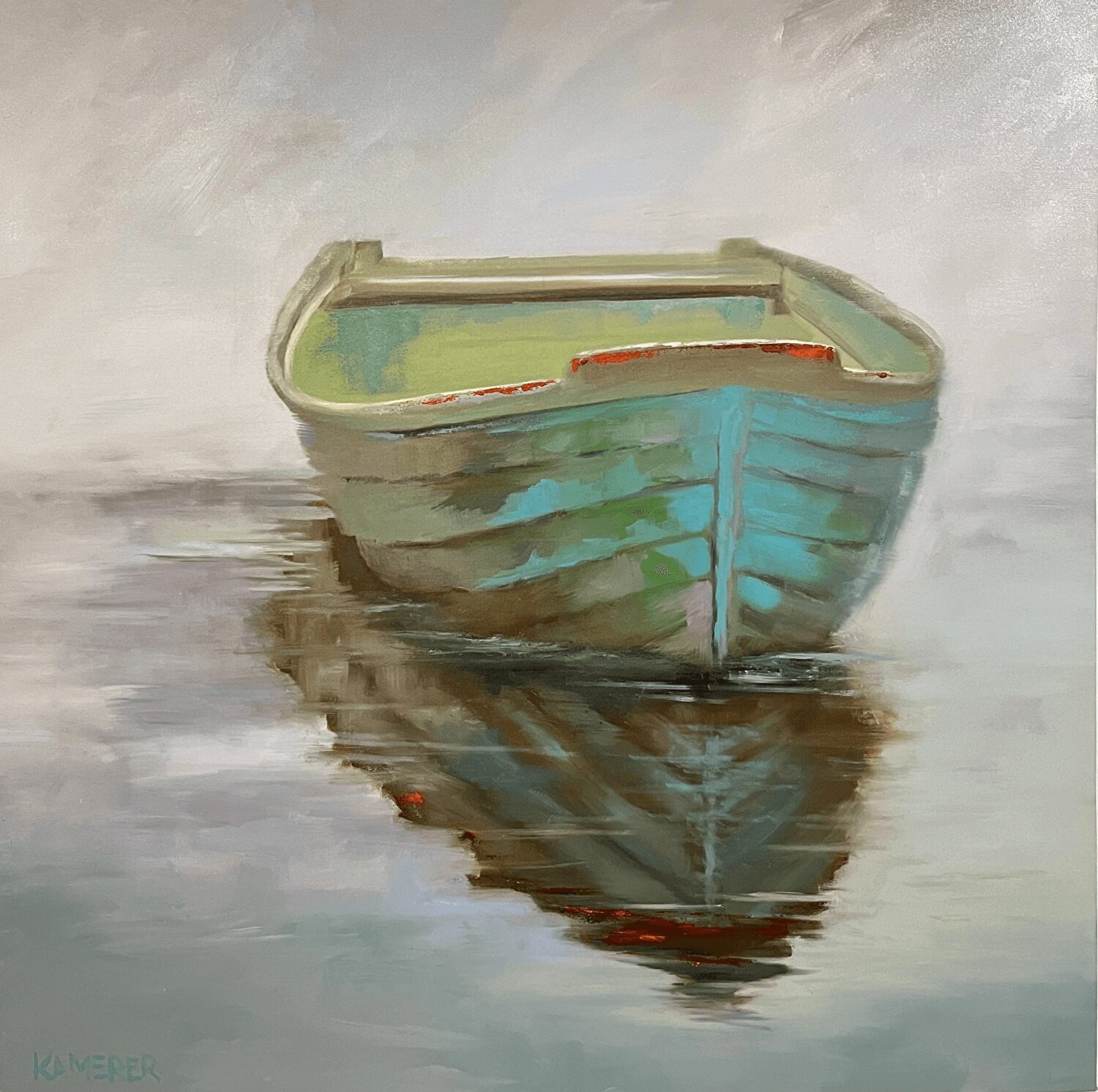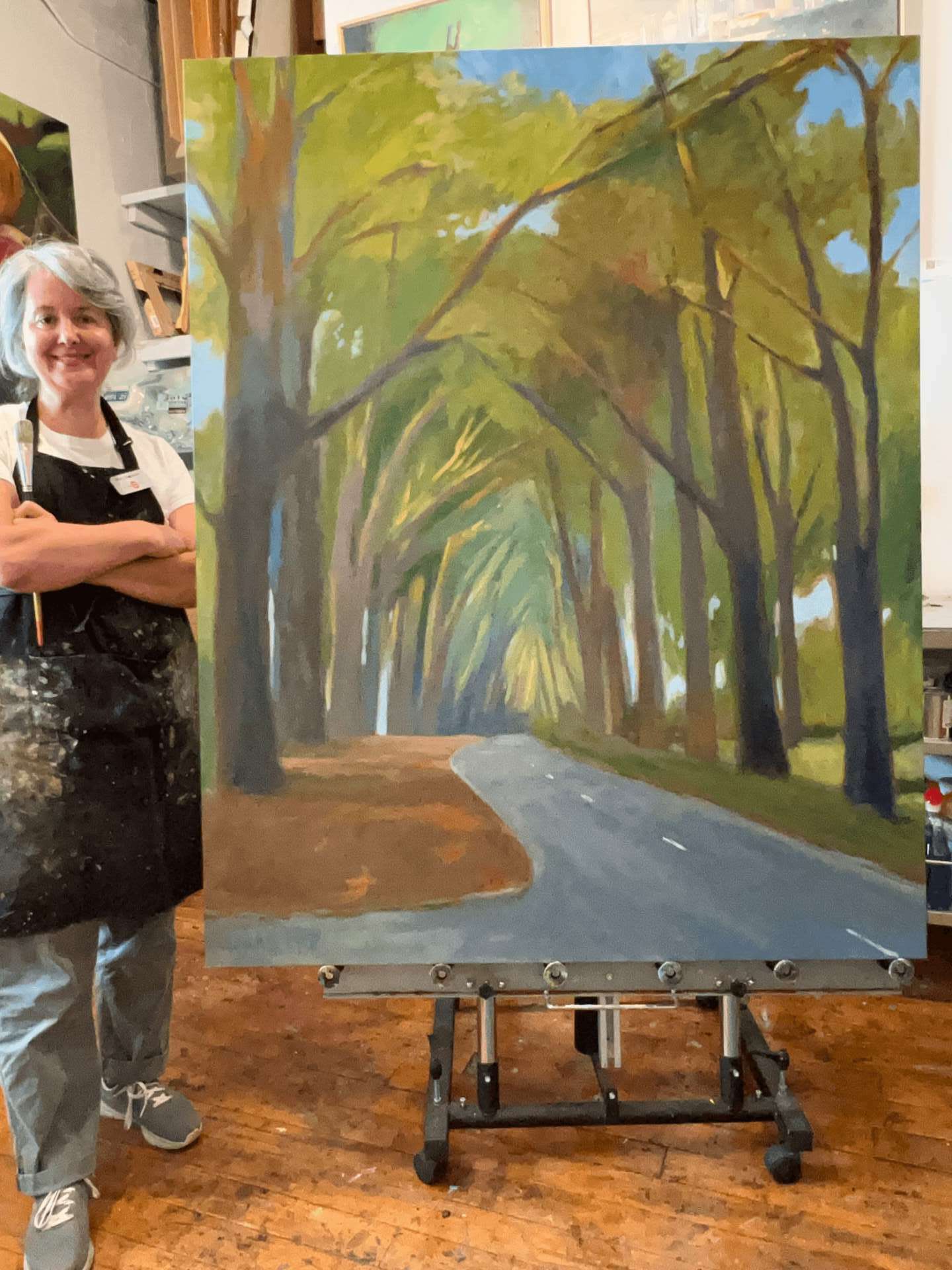We recently connected with Mary Kamerer and have shared our conversation below.
Mary, looking forward to hearing all of your stories today. Do you think your parents have had a meaningful impact on you and your journey?
It’s not uncommon for creatives to be asked where they get their talent, or how they’re inspired to create art. I’ve had this question posed to me many times, and I’ve had many opportunities to think about it. Like most of our interest and predispositions, I believe it is rooted in my childhood. Growing up in a large Italian family with six children and being one of the younger ones, I often found myself craving my parents’ attention.
While it was not a home of neglect, it was a matter of not enough time to work and spend time with each child.
My Depression-era parents were fully immersed in the idea of doing things themselves. So whether it was sewing, cooking, home repair or carpentry, my parents were the original do-it-yourselfers and they modeled creativity for me. As a toddler, I watched my mother make her own oil paintings so she had affordable art for her home. Her paintings were done at the diningroom table, her belly large with her 6th child.
I quickly learned that to have quality time with either of my parents, it meant I had to meet them in their areas of interest. That mainly involved creating of some sort. I distinctly remember the shoebox dioramas my mother would make with me. They were small worlds viewed through a small cellophane-covered hole cut into one end of a shoebox with tiny scenes that we arranged with construction-paper trees and people and houses made out of aluminum foil.
As a teen, I shared my father’s interest in woodworking and we made picture frames together in his little basement wood-shop. I later took that interest into refinishing furniture for my house as a young married woman.
So for them, it was born of necessity, but for me, it was the impetus for undivided quality time with them. I quickly learned that making things was a good skill to cultivate.
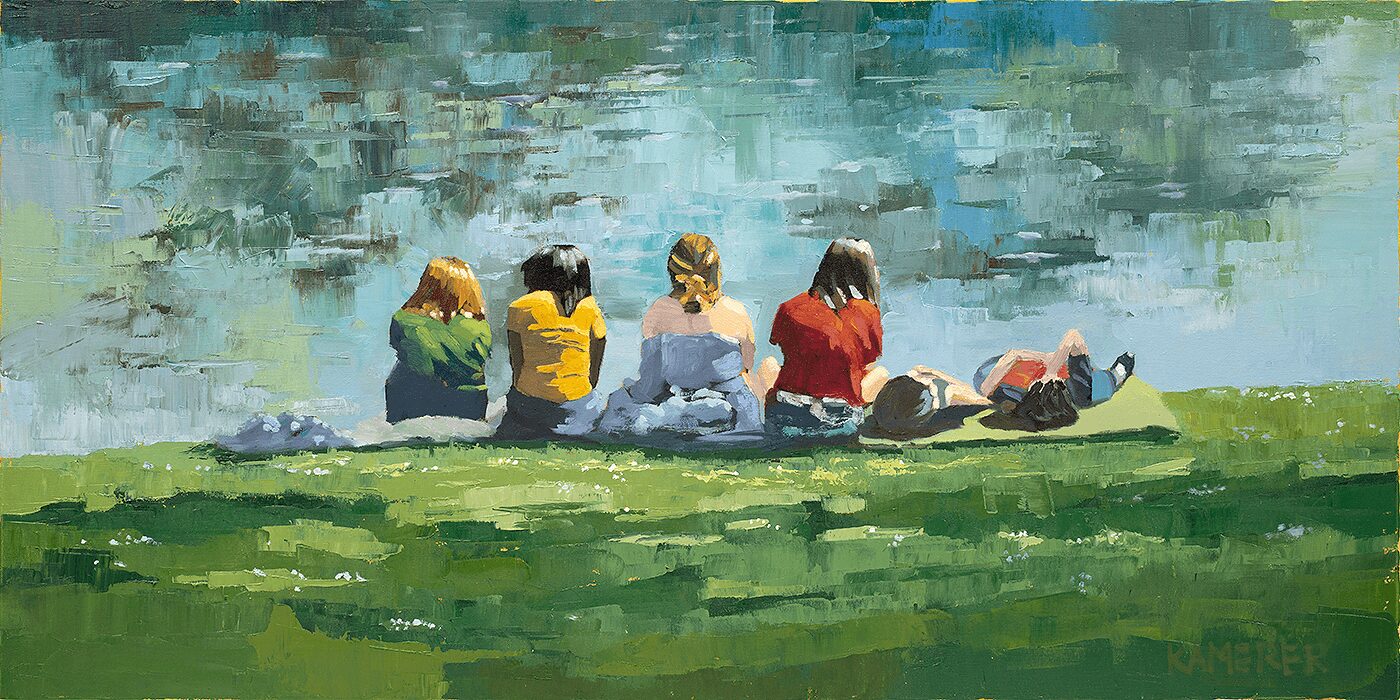
Mary, before we move on to more of these sorts of questions, can you take some time to bring our readers up to speed on you and what you do?
I always loved creating, but attending art school was not a financially feasible choice for me. In addition to creating art, I loved writing, so I pursued a degree in English and fill my electives with art classes. Shortly after graduating college and marrying, I moved to Charlotte and taught in our school system, mostly substituting in the art department. I volunteered in the community, putting my photography and design skills to use, and slowly added more and more art workshops to my portfolio, eventually doing a one-year goldsmithing apprenticeship. Eventually, I had two children and found it important to model for my children doing something that I enjoyed. I took them to clay classes or gave them paints to use simultaneously with me.
Eventually, my children entered college, and I had the opportunity to study oil painting, something that I had put off learning because it intimidated me. I had heard that oil painting was expensive, hard to learn, difficult to clean up and took too long to dry. All these things were not conducive to a mom with children, but now I had all the time and certainly the interest to learn this new medium. I immersed myself in weekly lessons at a local art school and have been painting ever since.
I find that I enjoy painting the landscapes around North Carolina, whether it is the mountains or the Low country because a lot of it reminds me of the hilly terrain where I grew up in Pittsburgh. We are really fortunate in that we have such a variety of accessible landscapes here within a few hours’ drive. I also enjoy painting still lifes in my studio, where I try to capture a really strong sense of light and shadows. I think that is what differentiates my work from most other artists’work. I really feel that that is my primary job as a painter: to capture how the light falls on subject.
One of the paintings I’m most proud of is that of several young women sitting at the water’s edge of a nearby lake. It’s titled “Best Friends”. I painted it from photos that I had taken on a walk around Freedom Park in Charlotte. The girls were sitting there on the first day of Spring break a year or so before Covid, and the painting just exudes friendship and camaraderie. The light on these young women reminds me of my youth with my friends and those fleeting moments of young adulthood. I was honored to have it accepted into ArtFields and the American Impressionist Society Online Exhibition.
Clients often commission me to capture a special location for them. I want them to feel like it’s the best version of that place every time they see it, recalling all their good memories, and having one of my paintings in their home is the biggest honor for me.
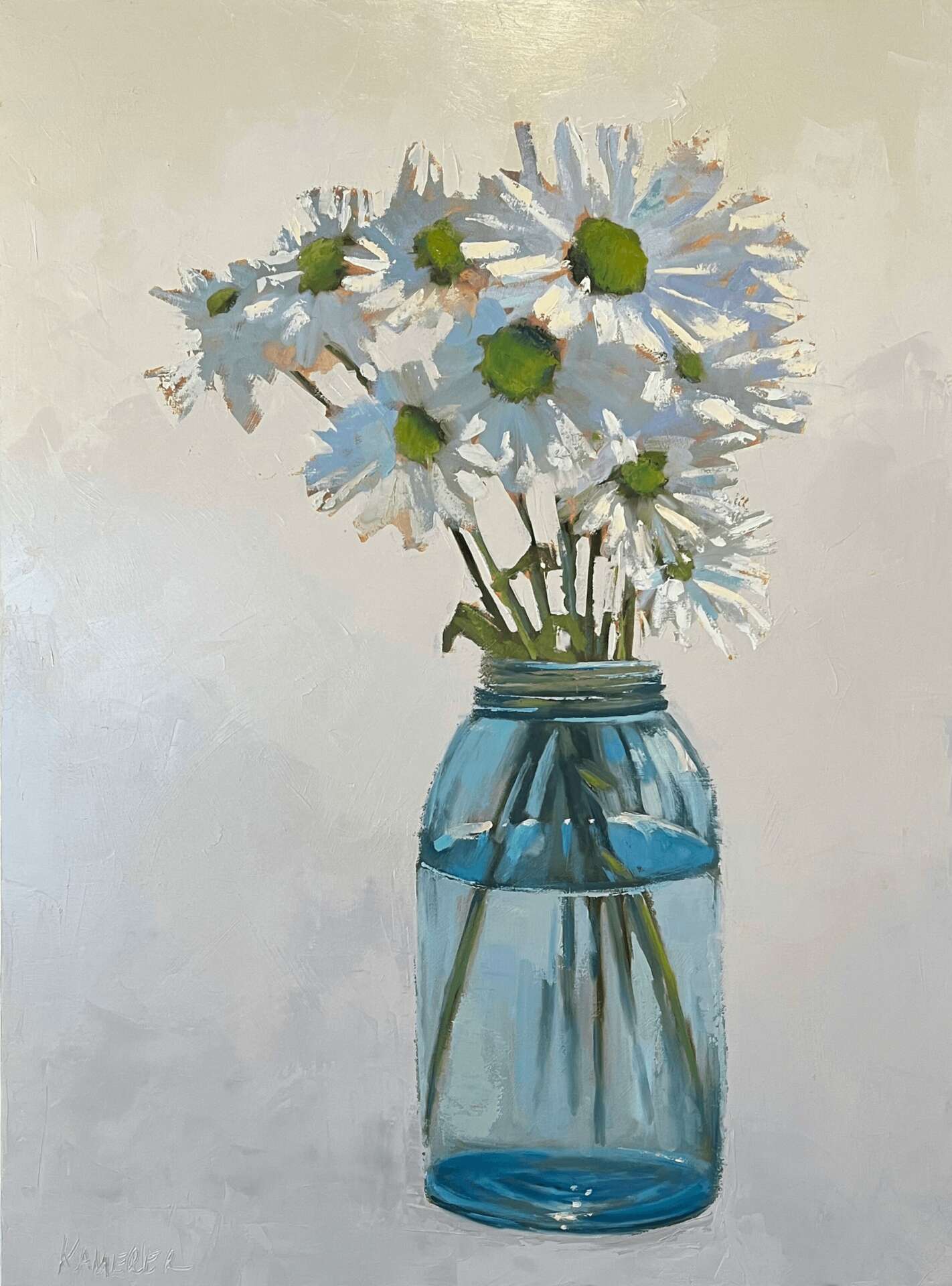
For you, what’s the most rewarding aspect of being a creative?
I think one of the most rewarding things about being an artist is that I’ve given myself permission to see things. What I mean by that is everything has become possible, subject matter! Whether it’s the smallest flower growing out of a crack on the sidewalk to the reflection in the side of a building or a cloud casting its shadow across a hillside. It’s been the greatest gift to me to have my eyes open to all these things that were always there but now I just really notice them. The icing on the cake is when one of my friends tells me that they encountered something that I would’ve loved to have seen. That tells me that they are now seeing all the beauty around them as well, and I think that’s one of the best things we could do with our lives.
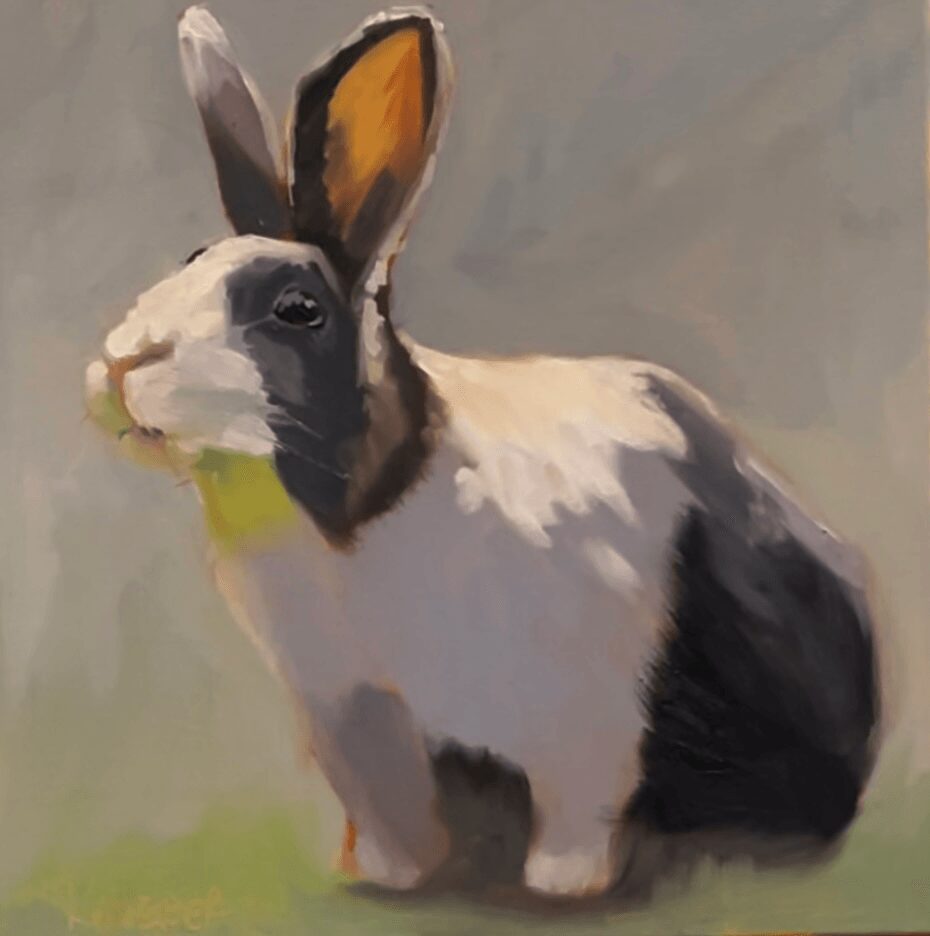
Can you tell us about a time you’ve had to pivot?
Aren’t we pivoting just about every day? When the Instagram algorithm changes or the way you approach your painting doesn’t work, or the canvas is the wrong size, you make minor adjustments to do what you want to do.
I guess my major pivot was renting a studio in a building. That was a chance investment in my art career that I took because I wanted to live without regrets. I didn’t want to not try and always wonder if I should have.
As I’ve mentioned earlier, I think it’s extremely important, especially for women with children, to model that it’s OK for you to pursue the things you love to do. I wanted to fully pursue that part of me that had the need to create, and I didn’t want to squelch that. Painting out of a studio surrounded by my colleagues was the next logical step, and I am always grateful that I did it.
Contact Info:
- Website: https://Wwwmarykamerer.com
- Instagram: @maryckamererart
- Facebook: https://www.facebook.com/share/uEYKyFufkVxQMKxa/?mibextid=LQQJ4d
- Linkedin: https://www.linkedin.com/in/mary-kamerer-a7227012?utm_source=share&utm_campaign=share_via&utm_content=profile&utm_medium=ios_app
- Other: TikTok: https://www.tiktok.com/@marykamererart?_t=8mjoidnJafL&_r=1


